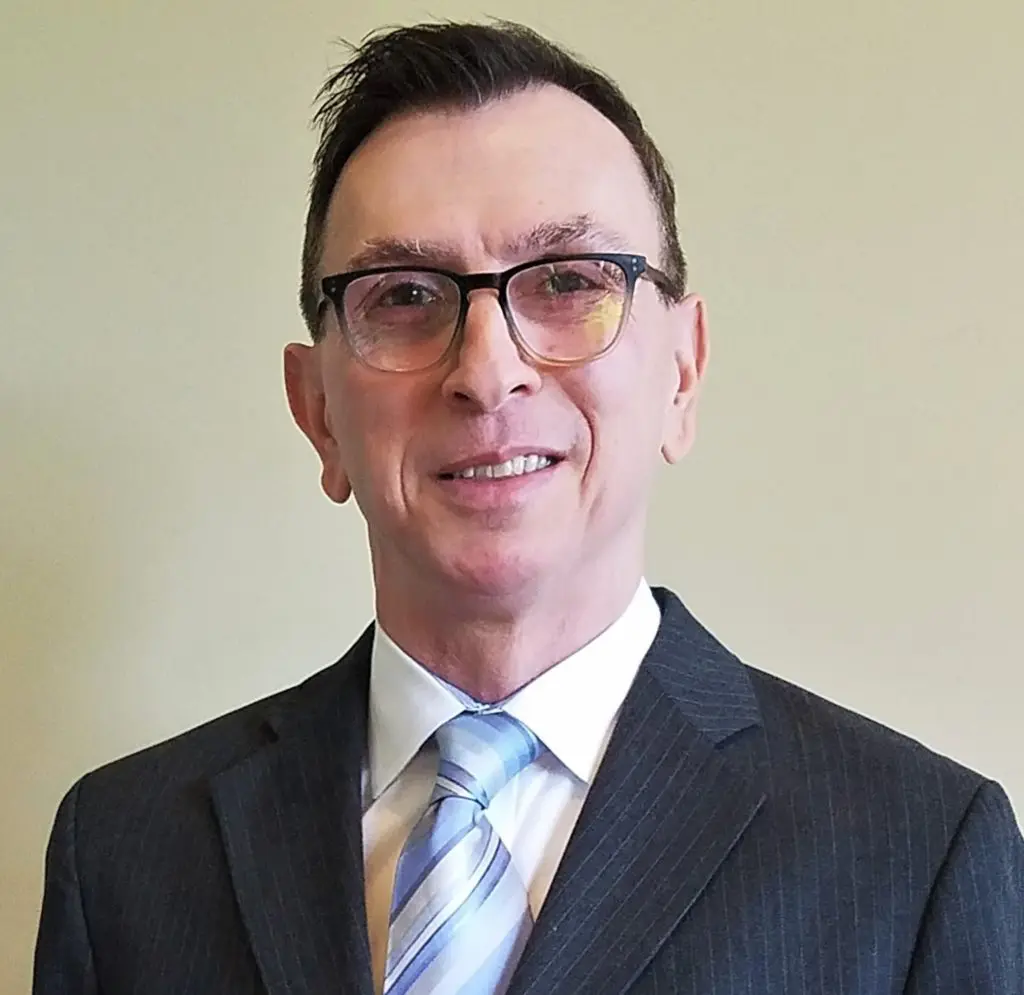Getting to Know: ElisABETH M. Oehrlein, PHD, MS, NHC Senior Director, Research and Programs
Following is a brief Q&A to get to know Elisabeth Oehrlein, PhD, MS, who joined the NHC as Senior Director, Research and Programs this summer. This is the first in a series of posts to get to know the NHC staff.
Putting Patients First Blog: Tell us about your career thus far, including your recently completed PhD program.
Elisabeth Oehrlein: After completing my bachelor’s degree at Franklin & Marshall College, I had the opportunity to work in drug safety and medical information in the pharmaceutical industry. It turned out to be a very interesting time to be working in the industry in Germany because it was around the time when Germany’s new health care law – called AMNOG – went into effect. An important part of AMNOG related to the appraisal of drugs or what’s called health technology assessment (HTA) in Europe and value assessment (VA) in the US, which I became very interested in. I knew that I wanted to do a graduate program that would allow me to keep learning about it.
I found that the University of Maryland Baltimore concentrated in this area and was accepted into their PhD program. At the University, my research focused primarily on three different topics: patient-focused drug development (PFDD), international approaches to HTA/VA, and risk stratification tools to guide anticoagulant treatment for atrial fibrillation patients. I also completed a master’s degree in Epidemiology while there.
PPF Blog: What brought you to the National Health Council?
EO: I had become very interested in patient engagement and PFDD during graduate school and was familiar with some of the work the NHC was doing, for example the 2015 Dialogue on Meaningful Patient Engagement. My PhD Advisor at UMB, Dr. Eleanor Perfetto, joined the NHC staff while I was still a student. This also was a great opportunity for me, because I was able to learn more about the NHC’s work through a six-month internship with the Council. During my internship, I was able to meet the NHC staff, many members, and contribute to the value and quality programs. I was really impressed by all of the work the NHC accomplishes on the behalf of patients and I wanted to be a part of it.
PPF Blog: Patient engagement is the glue that connects all NHC’s project work. Tell us about why you think it’s an important topic in health care.
EO: I think most members of the general public would be shocked to learn that patient engagement was not, and in many cases still is not, commonplace across health care. There are so many examples of little tweaks that can make a big difference for patients. Without asking them, researchers might never know why they are having trouble enrolling patients in clinical trials or why patients aren’t interested in a treatment. They would move forward to the next study blindly.
PPF Blog: What project or subject are you most excited about working on?
EO: I’m working on a lot of interesting projects right now. Jason (Harris, NHC’s Associate Director, Policy and Programs) and I are currently conducting needs assessment interviews with patient-group staff, community-organization staff, value-framework developers, and insurers to learn about the training needs of patients related to value assessment. Suggestions from these interviews will guide our curriculum development, delivery modes, and inform additional resource development. I’ve learned a lot from these interviews and have really enjoyed learning about different organizations’ experiences.
PPF Blog: You traveled to Europe over the summer to present on a variety of topics in value assessment. Describe what you presented on and why attending global HTA/Value conferences is important for the NHC.
EO: As I mentioned, I originally became interested in HTA/VA when I was working in Germany. Germany has taken one approach to assessing value and this approach is very different than what is currently done in the United Kingdom, France, Japan, and other countries. Each country has some things that they are doing really well and some things that could be improved. Some of these are methodological approaches to cost analyses and some are related to patient engagement. For example, in Hungary, they have tested out multi-criteria decision analysis; in Scotland and Canada they have developed innovative approaches to patient engagement. We can learn from these approaches and try to bring some of these ideas back to the United States to improve the direction of VA here. It’s always best to learn from others’ experiences and not reinvent the wheel or repeat their errors.


